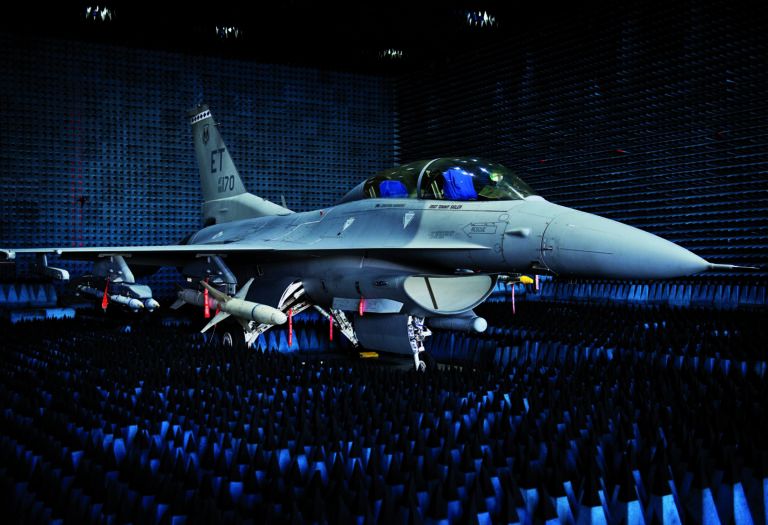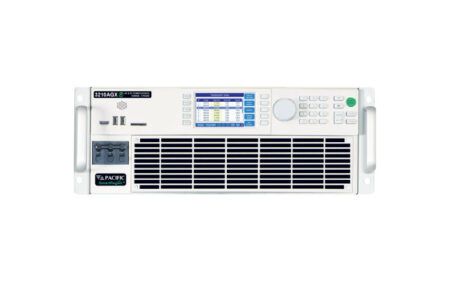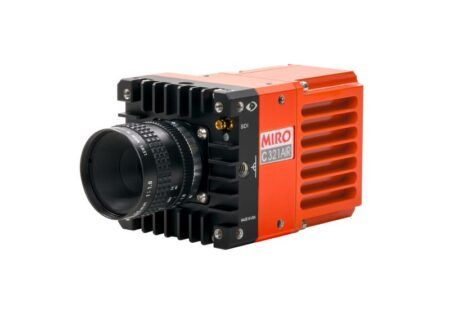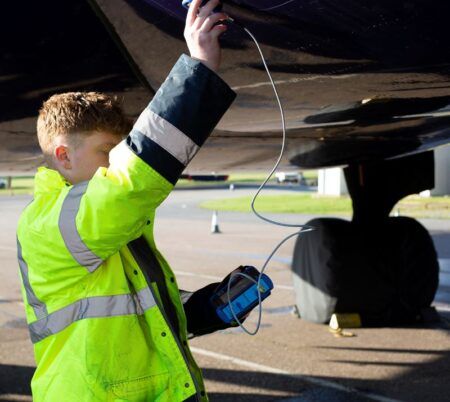MIL-STD-1553 bus extensions for EMC test applications.
The MIL-STD-1553 databus continues to be the backbone of many military aircraft, helicopters, UAV’s and missile systems. The inherent design of the bus is quite famous and well proven for high integrity applications in harsh environments and used on earth and in space.
For many platforms, the integrity and verifications of the onboard systems need testing against EMC.
Also, in other cases, bus extensions for remote monitoring / simulation purposes will also be required. In the first case, it could be a shielded laboratory at an EMC test site. For the second case, it could be a system test bench where Unit Under Test (UUT) and the test bench need be physically separated.
For both cases, there are restrictions using copper cables. These include the ‘Bus Stub’ limit on the MIL-STD-1553 bus and where copper cables extend beyond the boundary of an EMC test chamber, due to the susceptibility to high levels of EMC stress. Therefore, converting
MIL-STD-1553 signals into fibre optics provides a solution for both applications where signals are transmitted over long distances and not affected by EMC radiation and hence is a good choice. Therefore, one solution is to convert the MIL-STD-1553 electrical signaling into a fibre optics signal for transmission. This can also be converted back its electrical form once it reaches its final destination.
For applications as described above, the AIM Optical Extension Systems, FOL1553, have been designed, manufactured and field proven in a wide variety of applications at EMC test facilities and test benches around the world.
These are easy to use plug and play devices connected via optical links using COTS 62.5 / 125µm multimode gradient index fiber optic cables with ST connectors with a wavelength 1300nm.
The FOL1553-F / FOL1553-L Systems are targeted more for EMC and lightning tests facilities. The FOL1553-F front end converts the MIL-STD-1553 signals into fiber optical signal and has a built in EMC protected housing which allows operation in magnetic fields of up to 200V/m. An optional battery pack offers complete stand-alone operation.
The FOL1553-L laboratory chassis, typically 19in rack mounted, again allows the hosting of up to six modules to convert back the fiber optical signal to an electrical MIL-STD-1553 signal available on twinax connectors.
Two such systems are available depending on the customer application to be solved. FOL1553-F/L monitor only systems provide an uni-directional optical extension for dual redundant MIL-STD-1553 bus stubs, configured with up to six FOL1553-F front end modules. These systems can extend each independent MIL-STD-1553 bus stub approximately 1000 meters, limited by the optical attenuation in the fiber.
FOL1553-F/L simulator systems provide a bi-directional optical extension for dual redundant MIL-STD-1553 bus stubs and can be configured with up to six FOL1553-F modules. These systems can be configured to extend up to four independent MIL-STD-1553 bus stubs for up to 100 meters, limited by the MIL-STD-1553 status word response time extension caused by the propagation delay of light.
In addition, AIM also offers bus MIL-STD-1553 extensions systems, monitor and simulator, in handy portable form factors model FOL1553-P.
This article was supplied by AIM





